Life black marketeers in the USSR
• Life speculators in the USSR
Window to the seductive world of material prosperity in the Soviet time discovered black-marketeers. They were able to get this deficit all that one could wish for: jeans, badges, imported clothes, foreign books, foreign music, souvenirs, trivia, cigarettes, alcohol, appliances, magazines. All that today, and did not pay attention, then instantly transformed into a cargo cult. A cargo cult is sold very well.
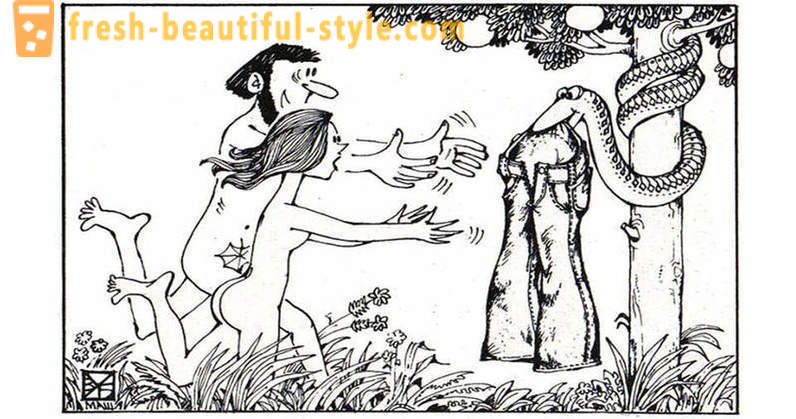
In the popular movie "The most charming and attractive" character with his girlfriend come to the apartment to the black marketeers, merchant of imported things to buy a beautiful dress. This "home showroom" and was part of the black marketeers system.
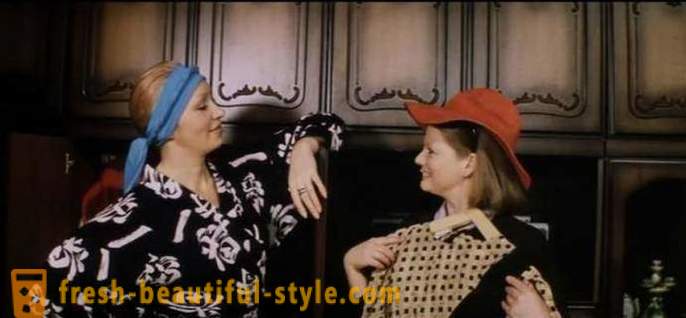
A scene from the movie "The most charming and attractive"
Fartsovka emerged in the 1960s, experienced its heyday in the 1970s and disappeared together with the Soviet Union at the turn of 1980-1990. Lon, which originated fartsovka was go dandies. The demand has spawned Offer - fartsovka turned into a whole system of the division of labor and roles and turns in the tens of thousands.

black marketeers, 70s
Magic word "fartsa" was in the late Soviet Union with a password, which were rare foreign things: shoes, puser and another firm. Black marketeers, zapreschenki Knights were outlawed, but they were not typical criminals.

The Soviet press disdainfully called them "youths, have exchanged at the school gate GUM"
Black-marketeers were divided into professionals who are engaged in this business permanently (including somewhere some watchman), and fans, occasionally selling their chance inherited their foreign things that pushed (sold) in the circle of acquaintances or trade-in "lumps" (thrift shops) . fartsovki craft engaged in the various layers of the Soviet population: sailors international route and flight attendants, the military contingents of foreign CA and students, taxi drivers and prostitutes, athletes and artists, party officials and ordinary Soviet engineers. In general, everyone who has even the slightest opportunity to purchase scarce imported goods for resale.
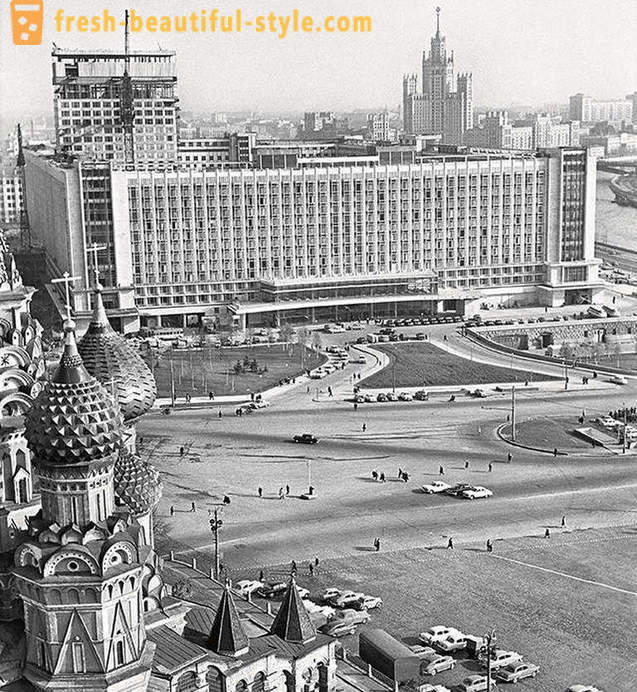
The largest in the Soviet Union (and the world), the hotel "Russia" was opened in 1967 and immediately became a stronghold fartsovki
In hotels where foreign guests stayed, thrived so-called fartsovka hotel in which he was involved staff.
The system has been well established, and each participant had their own functions. Liquor maids changed to various small import veshchichki - lighters, tights, neckties. Administrators on the floors mainly engaged in expensive clothes - jeans, coats, jackets. The biggest turnover was the waiter who changed caviar, vodka and cognac on clothing and electronics.
Sales staff things not engaged. Maids handed production managers, waiters - bartenders, and those already resellers. More often than not been the main administrator, he distributed the money among all participants.
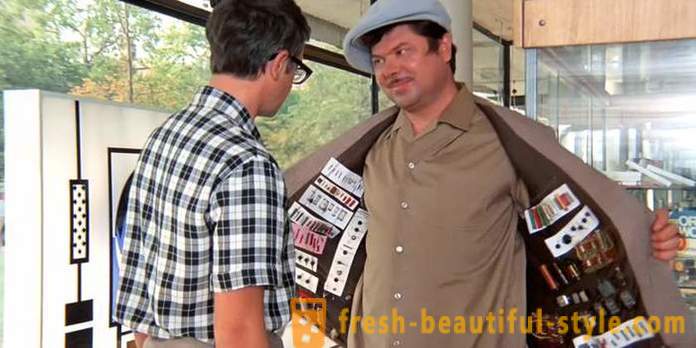
A shot from the film "Ivan Vasilyevich Changes Occupation"
Truckers, seafarers and the hotel staff was mined product, but sales were engaged in other people, buyers or intermediaries. Taking wholesale lots, they organized a kind of retail store, in other words, to sell things at the apartment.
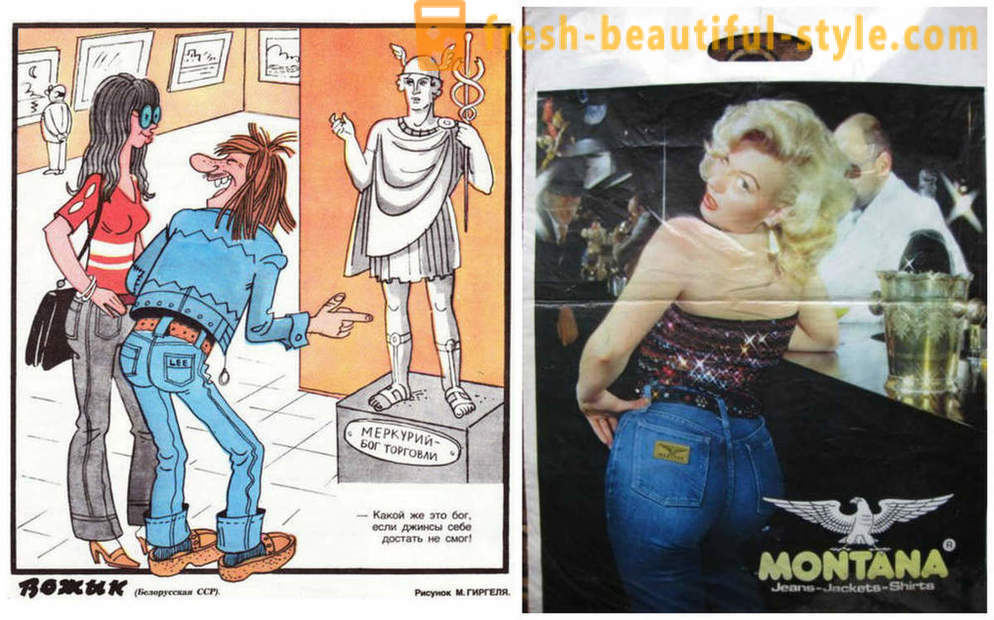
The most popular fartsovym commodity in the 70-80s was wearing jeans
Dress well in the USSR wanted everything and always, but the socialist light industry produced for internal use such a terrible consumer goods (commodities), which pulled on itself was possible only by complete indifference to things. Wear the Soviet was not cool, at least - the Czechoslovak. But this was not enough. It was considered an elite shoes from Yugoslavia and Finland, higher chic - Italian, but kapstran production was only in big cities, bought up instantly and freely sold only to hand with an overpayment of 10 rubles minimum.

The world then was divided into Frome (foreigners who arrived in the USSR), and scoops. In Moscow, came frome - steytsy or shtatniki (USA), Bundes (Germany), psheki (Poland), dyrovtsy (GDR), Yuga or yuzhki (Yugoslavia), Alera (Italy), British (UK) and dates or turmalaytsy (Finland) .
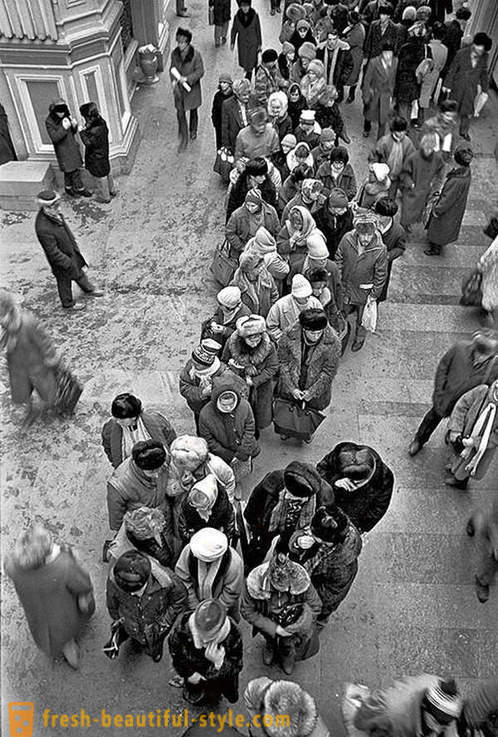
While the scoops standing in GUM in line for shoes from Yugoslavia, black-marketeers from the 2nd floor looking out for Frome, behind which there was KGB-dominated tail
Do speculators had its own interesting slang, which is partly born in prewar Odessa (advanced maritime trade and smuggling) and then partially transferred to the slang "lads" of the nineties - for example, the currency name "cabbage" and "greens" have gone is from black marketeers.
Another of the interesting words - "shoes" (Shoes) "Lopatnic" (went from Leningrad black marketeers often communicate with the Finns, "lompakko" in Finnish - a "purse"), "firm" (fartsovki items), "samostrok" (imitation of the firm). There was a certain code of honor - "vparit samostrok" or make too great a margin for regular customers was considered unethical, but things well tolerated with random one-time buyers.
For the evening black marketeer could earn two hundred rubles a month, and then do nothing. A currency exchange and pick up the "Commission" or sell getting things wherever you can.
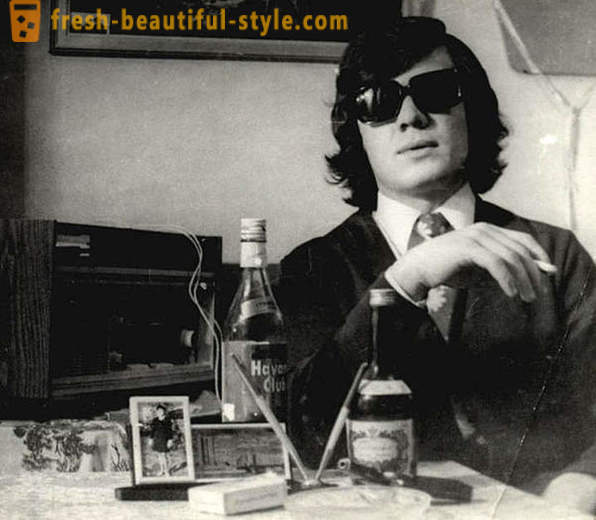
a typical black-marketeers
Many speculators could be recognized from afar. They saw themselves not by speculators, and outstanding representatives of a particular subculture: fashionably dressed, smoking foreign cigarettes, drinking whiskey and other western drinks were aware of musical novelties, spoke anglicised jargon. Apparently, so black-marketeers imagined real Americans.
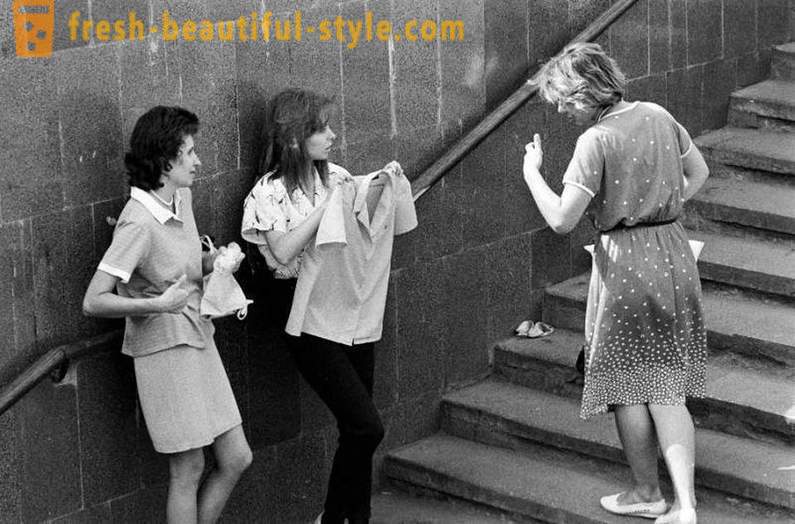
things trade with it in passing at the end of the 80's
Places where you could sell things almost legally, emerged around the middle of the 80s in the big cities. For example, in Leningrad, it was a gallery store "Gostiny Dvor", where you could buy at a high price and longed for jeans, and boots-rovers, and bright packages, and leggings, and much more. But then fartsovka it lasted too long.
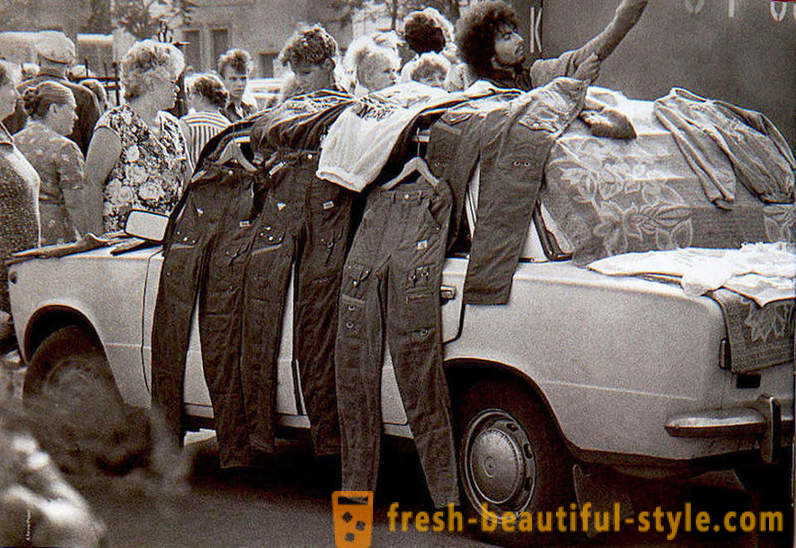
Trade in 90th
Today the word "black marketeer" is almost a thing of the past. All that remains of this large object, in addition to the word "scoop" - is matreshechniki on Old Arbat - the people who sell all the same range: nesting dolls, soldiers' belts, fur cap, badges, medals, Soviet symbols. Matreshechniki also know how to do business in multiple languages, and also try to sell everything that a person will never come in handy.
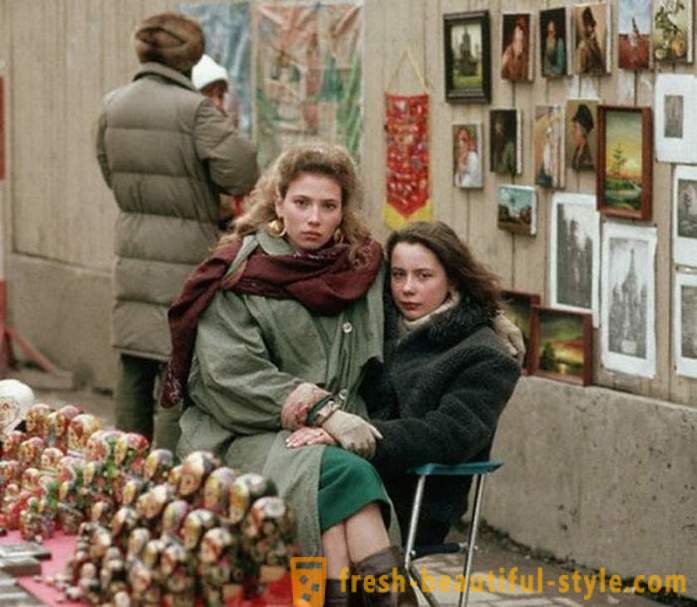
Trading on Old Arbat Street in the '90s
In the 80s went anecdote about how speculators dream a happy dream - it comes in GUM, all shelves are filled up "by the company", and one people. And he buys, buys, buys. The dream became a reality, and happiness for some reason, as there was no and no ...













































